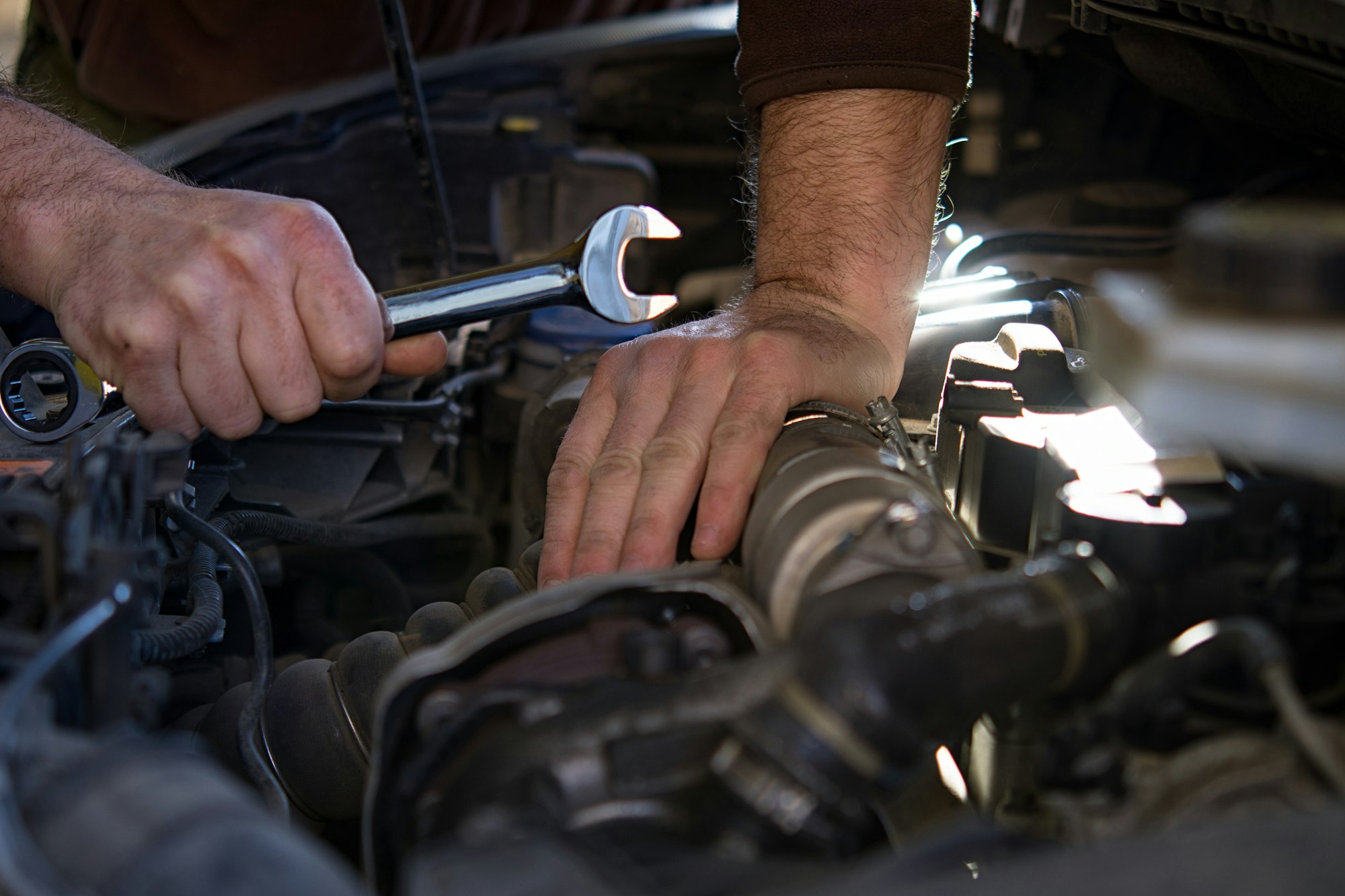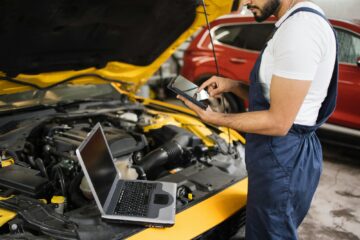
How to Become an Automotive Service Technician or Mechanic
A high school diploma or the equivalent is typically the minimum requirement for someone to work as an automotive service technician or mechanic. Because automotive technology is becoming increasingly sophisticated, some employers prefer automotive service technicians and mechanics who have completed a formal training program in a postsecondary institution that specializes in Automotive Technician training. An Industry certification is usually required once the person is employed.
Education
A high school diploma or the equivalent is typically the minimum requirement for someone to work as an automotive service technician or mechanic. High school courses in automotive repair, electronics, computers, mathematics, and English provide a good background for prospective service technicians. However, high school graduates often need further training to become fully qualified. Completing a vocational or other postsecondary training program in automotive service technology is considered the best preparation for entry-level positions. Programs usually last 6 months to a year and provide intensive career preparation through classroom instruction and hands-on practice. Short-term certificate programs in a particular skill are also available from some schools.
Some service technicians get an associate’s degree. Courses usually include basic mathematics, computers, electronics, and automotive repair. Some programs add classes in customer service, English, and other necessary skills. Various automobile manufacturers and dealers may sponsor associate’s degree programs. Students in these programs typically spend alternating periods attending classes full time and working full time in service shops under the guidance of an experienced technician.
Training
Most service technicians must complete on-the-job training. How long it takes a new service technician to become fully qualified in the occupation depends on the person’s educational background. A period of 2 to 5 years is typical. It may take an additional 1 to 2 years of experience for service technicians to become familiar with all types of repairs. New workers generally start as trainee technicians, technicians’ helpers and gradually acquire and practice their skills by working with experienced mechanics and technicians.
Licenses, Certifications, and Registrations
The U.S. Environmental Protection Agency (EPA) requires all technicians who buy or work with refrigerants to be licensed in proper refrigerant handling. No formal test preparation is required, but many trade schools, unions, and employer associations offer training programs designed for the EPA exam. Certification from the National Institute for Automotive Service Excellence is the standard credential for service technicians. Certification demonstrates competence and usually brings higher pay. Many employers require their service technicians to become certified.
Other Certifications are available in different areas, including automatic transmission/transaxle, brakes, electrical/electronic systems, engine performance, engine repair, heating and air-conditioning, manual drive train and axles, and suspension and steering. For each area, technicians may be required to have at least 2 years of experience (or postsecondary institution schooling and 1 year of experience) and pass an exam.









